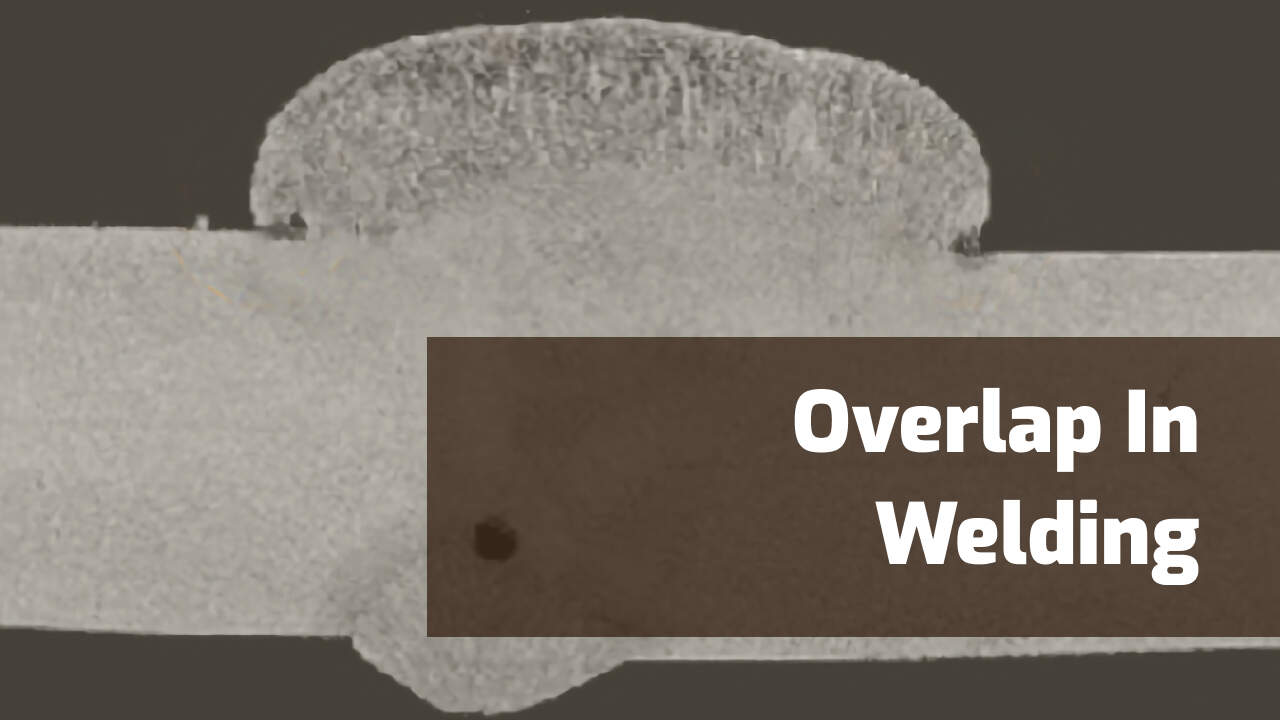Preventing Weld Undercut Made Easy: Secret Techniques Unveiled
Preventing Weld Undercut Made Easy: Secret Techniques Unveiled
Blog Article
Understanding the Art of Welding: Exactly How to Stay Clear Of Undercut Welding Issues for Flawless Fabrication Outcomes
Performance and accuracy are paramount worldwide of welding, where even the tiniest flaw can endanger the architectural honesty of a made piece. One typical challenge that welders face is damaging, an issue that can weaken a weld joint and lead to costly rework. By understanding the origin causes of undercut welding and applying efficient strategies to prevent it, welders can boost their craft to new degrees of quality (Preventing weld undercut). In the search of remarkable construction results, understanding the art of welding to prevent undercut problems is not simply a skill yet a requirement for those aiming for excellence in their job.
Understanding Undercut Welding

To protect against undercut welding, welders should ensure appropriate welding parameters, such as readjusting the current, voltage, travel speed, and preserving the appropriate electrode angle. In addition, using the ideal welding method for the specific joint configuration is crucial. Employing weaving motions or backstepping methods can help make certain appropriate weld steel deposition and reduce the probability of undercut formation. Routine inspection of welds during and after the welding procedure is additionally essential to capture any kind of undercut early and make necessary adjustments to stop more issues. Preventing weld undercut. By recognizing the root causes of undercut welding and applying safety nets, welders can achieve high-grade, structurally sound welds.
Reasons For Undercut in Welding
Recognizing the factors that add to undercut in welding is necessary for welders to create premium, structurally sound welds. Damaging occurs when the weld metal does not correctly load the groove created in between the base metal and the previously deposited weld metal. A number of factors can cause undercut in welding. One usual reason is too much warm input. Welding at high temperatures for extended durations can cause the base metal melting more than desired, bring about undercut. Insufficient welding wrong or existing welding rate can additionally add to undercut. Not enough current might not supply adequate heat to thaw the base and filler metals properly, while excessive rate can prevent proper fusion, triggering undercut. Additionally, improper electrode angles or inaccurate torch control techniques can produce locations read more of reduced weld metal deposition, advertising undercut. Recognizing these reasons and executing appropriate welding strategies can aid stop damaging issues, ensuring strong and long lasting welds.
Strategies to Avoid Undercutting

To minimize the danger of damaging in welding, welders can use calculated welding techniques aimed at improving the top quality and stability of the weld joints. One efficient technique is to adjust the welding specifications, such as voltage, current, and take a trip speed, to ensure appropriate warm input and deposition. Keeping an appropriate electrode angle and making sure constant traveling rate can also help protect against undercut. Additionally, using the right welding strategy for the particular joint configuration, such as weave or stringer beads, can add to lowering undercutting. Preventing weld undercut.
Employing back-step welding techniques and controlling the weld grain account can additionally aid disperse warmth equally and decrease the threat of undercut. Regular evaluation of the weld joint throughout and after welding, as well as carrying out quality assurance measures, can assist in attending to and discovering damaging concerns immediately.
Relevance of Appropriate Welding Parameters
Choosing and maintaining suitable welding specifications is vital for achieving successful welds with minimal issues. Welding criteria refer to variables such as voltage, present, take a trip rate, electrode angle, and securing gas circulation price that directly impact the welding process. These parameters must be thoroughly changed based on the kind of product being bonded, its thickness, and the welding technique utilized.
Proper welding specifications make certain the correct amount of heat is put on melt the base steels and filler material uniformly. If the parameters are set as well high, it can bring about too look at this now much warmth input, triggering distortion, spatter, or burn-through. On the other hand, browse this site if the criteria are also low, incomplete combination, absence of infiltration, or undercutting may occur.
Top Quality Assurance in Welding Workflow

Verdict
To conclude, mastering the art of welding needs a complete understanding of undercut welding, its causes, and techniques to stop it. By guaranteeing correct welding specifications and applying quality guarantee methods, perfect manufacture outcomes can be achieved. It is necessary for welders to consistently pursue quality in their welding procedures to stay clear of undercut concerns and create high-grade welds.
Undercut welding, an usual problem in welding procedures, occurs when the weld steel does not correctly fill up the groove and leaves a groove or anxiety along the bonded joint.To protect against undercut welding, welders ought to make certain correct welding specifications, such as changing the current, voltage, traveling rate, and keeping the appropriate electrode angle. Insufficient welding present or incorrect welding rate can additionally add to damage.To reduce the risk of undercutting in welding, welders can use critical welding methods intended at improving the top quality and stability of the weld joints.In final thought, grasping the art of welding requires an extensive understanding of undercut welding, its reasons, and methods to avoid it.
Report this page